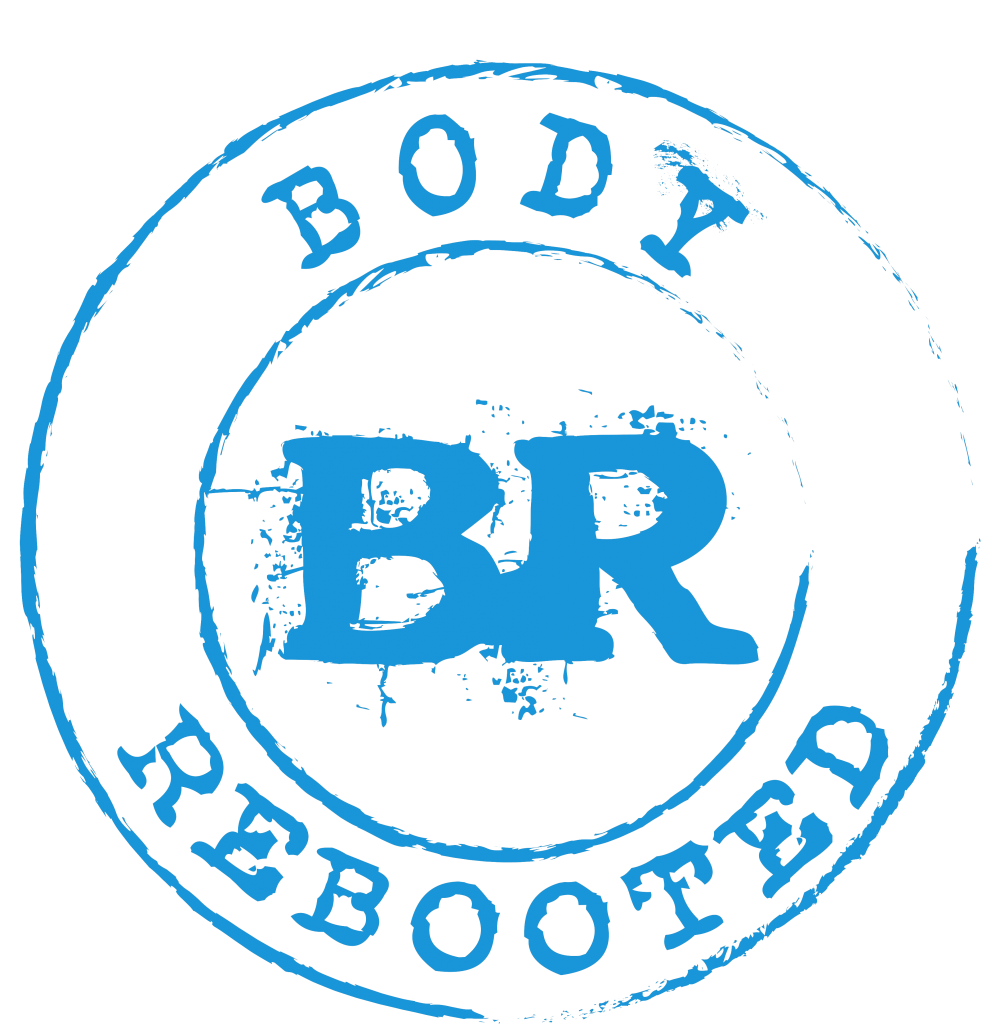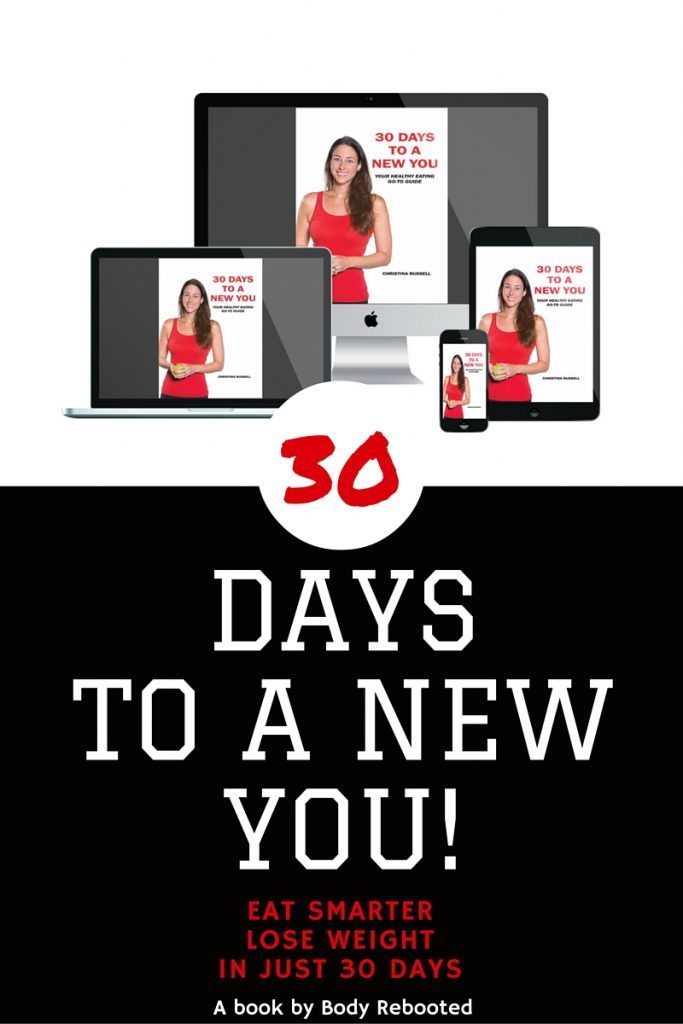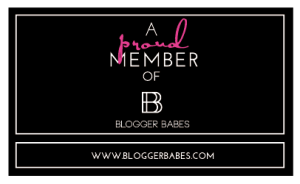Foam Rollers for Myofascial Release and Trigger Point Therapy
Foam rollers are inexpensive, versatile, and effective tools that can be used as a yoga prop and to perform core exercises, but foam rollers are unique in the ways that they can be used for self-massage, self-acupressure treatments, and especially self-myofascial release. Myofascial release is simply a particular type of massage that targets trigger points in order to relieve and release muscle tightness. At one time myofascial release was performed only by professional therapists and accessible only to professional athletes, but the advent of the foam roller in its many forms has made effective myofascial release therapy available to all, and many can benefit from it, especially those who experience chronic muscle tension or pain.
What Are Trigger Points?
“Trigger points” is a term that refers to small knots that form in muscles and cause what is known as referred pain. Referred pain is a phenomenon in which pressure is applied to one point of the body, the trigger point, but experienced in another part of the body. This referred pain caused by trigger points is what distinguishes them from simple muscle tension. For example, some individuals experience definite knots in the neck muscles that cause pain to radiate down the arm when pressure is applied to these knots in the neck. These knots, then, are trigger points.
What Does Foam Roller Therapy for Myofascial Release Feel Like?
Using a tool such as a foam roller to apply pressure to these trigger points is a method to experience some relief from the pain and discomfort that they cause. Applying pressure to trigger points is likely to cause some discomfort, but it should not be intolerable. It’s comparable to the discomfort you may experience when you stretch sore muscles—it’s not unbearable, and you should experience some relief when you are finished.
How Does Myofascial Release Work?
Pressure and deep compression helps to relax tight muscles and break up any adhesions formed between layers of muscle and the connective tissue that surrounds muscle. Muscles should be soft and supple, but sometimes you may experience a loss of flexibility, adhesions in your muscles, and pain associated with movement. The deep compression performed during myofascial release works to restore blood flow to problem areas, allowing for healthy tissue to be restored.
Can Trigger Points and Other Areas That Might Benefit from Myofascial Release Be Identified?
Chances are good that you are already aware of some of your problem areas. You know where some of your muscles are tight and where your movement has become restricted. Certainly, a foam roller can be used on these areas. However, using foam rollers for trigger point release may be the most beneficial thing that foam rollers offer. And you can even use your foam roller to explore your body and locate these trigger points.
How Can You Begin to Use Foam Rollers?
You want to begin by using a foam roller and your bodyweight to apply pressure to specific areas. The foam roller may be placed on the floor or a yoga mat, and you simply lie on top of it with the roller strategically positioned below a specific body part so that your body weight creates pressure. When you are beginning to learn how to use foam rollers, you should move slowly up or down the roller, allowing each point on your body to rest on the roller for about a second. Use that second to explore any sensations that are created. When you find areas that are tight, pause for several seconds on those areas and relax as much as possible. This will cause some discomfort, which is no cause for alarm. As you relax and breathe into the discomfort, the area should slowly start to loosen, and the discomfort should begin to decrease.
How Can You Find Trigger Points With a Foam Roller?
As you work with the roller, you may notice that pressure applied to one point triggers discomfort or even pain in another area of the body. This referred pain means that you’ve identified a trigger point. Pay special attention to these trigger points. They may be causing you more discomfort and inhibiting your life more than you’ve been acknowledging. Some experts believe that trigger points can cause debilitating migraines and may be linked to chronic conditions such as fibromyalgia.
Foam rollers have a variety of uses, but they are unique in that they are one of the few ways to practice self-myofascial release. Using foam rollers is especially helpful in locating and working out trigger points, which may be causing you significant pain.

 MENU
MENU









 Ansley Fones
Ansley Fones
Foam rollers are kind of a game-changer as far as I’m concerned. Getting your own knots out at home? Amazing!
Kathy F. recently posted…Why Every Yogi Should Have A Yoga Roller
Comment by Kathy F. — 25 May, 2017 @ 10:27 pm
Totally agree Kathy!
Comment by Christina Russell — 26 May, 2017 @ 10:15 pm
Great post. I keep hearing about the benefits of the foam roller and feel like I definitely need to give it a try. Mobility and flexibility are big issues for me that I need to work out. If these are anywhere near as effective as ab rollers, I’m in! 🙂
Comment by Evan — 8 June, 2017 @ 9:30 am
I think you’ll really enjoy the rollers a lot!
Comment by Christina Russell — 8 June, 2017 @ 2:26 pm
Amazing Post, I continue finding out about the advantages of the foam roller. I unquestionably need to try it out.
Comment by Never 2 Late 2 Befit — 21 June, 2017 @ 4:21 am